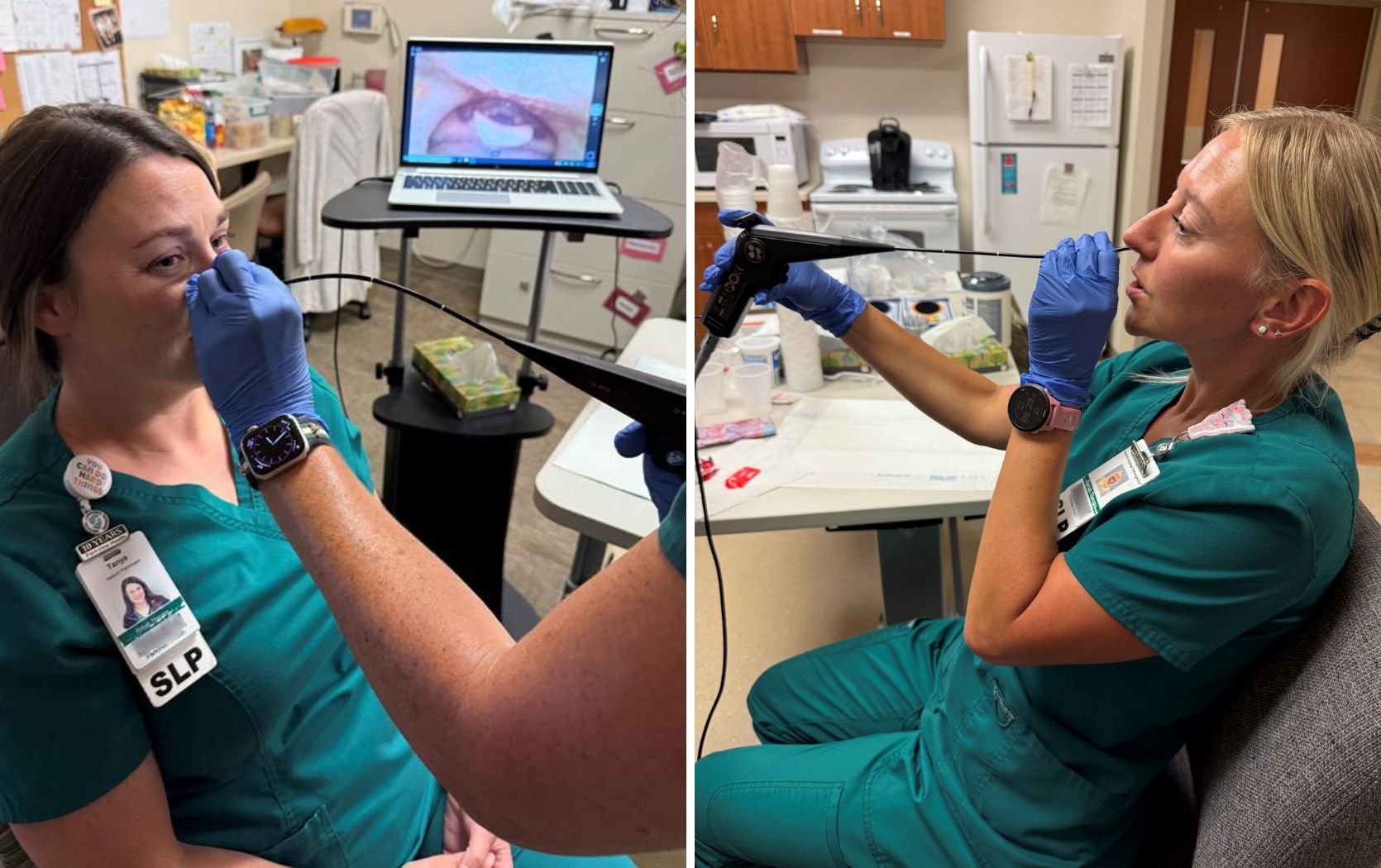
A transient ischemic attack (TIA), sometimes called a “mini stroke,” presents with the same symptoms as a regular stroke, but with several key differences. Susie Feltner, NP-C, PPG – Neurology, shares what patients need to know about the risks, treatment and resources available.
Defining TIA
A TIA is an episode that occurs when blood flow stops to a part of the brain for a short time. TIA is like a stroke and causes the same symptoms, but usually lasts minutes to hours and does not cause damage to the brain. Healthcare providers evaluate a patient’s overall clinical picture, including the time span of symptoms, and perform an MRI to determine if the patient had a TIA or a stroke.
How does TIA differ from an ischemic or hemorrhagic stroke?
A stroke is an injury to the brain that happens when blood flow to the brain is interrupted. Without blood delivering oxygen to the brain, the tissue starts to die and the functions that are controlled by those brain cells, such as speech and muscle control, become impaired. There are two types of stroke, ischemic and hemorrhagic. Most strokes are ischemic and caused by a blood clot blocking an artery leading to the brain. The other classification of stroke is hemorrhagic. This type of stroke is caused when a blood vessel in the brain splits or breaks, resulting in bleeding which damages the surrounding brain tissue.
A TIA starts the same as an ischemic stroke. The cause and symptoms of TIA and stroke are the same. However, in TIA, the blockage is temporary and blood flow returns naturally on its own. By definition, symptoms of a TIA always resolve and normal function returns in minutes to hours. The prognosis for TIA is good because blood flow resolves, causing no damage to brain cells. In contrast, the recovery and prognosis for a stroke varies. This is because blood flow does not resolve, and brain cells are permanently damaged or destroyed. Early treatment may increase recovery and improve prognosis, but the symptoms of stroke may be long lasting and never completely resolve. Recovery from stroke may last for an extended time and require ongoing therapy.
Symptoms
The symptoms of a TIA and stroke are the same. The National Stroke Association and other organizations recommend using the acronym “BE FAST” as an easy way to determine if someone is having a stroke or TIA and what to do.
B stands for Balance. Are they having a hard time staying upright and sturdy on their feet?
E stands for Eyes. Check for vision loss.
F stands for Face. Ask the person to smile; if one side of the face droops, it is a warning sign.
A stands for Arms. Ask the person to lift both arms; if one arm drifts down or has difficulty moving, it is a warning sign.
S stands for Speech. Ask the person to say something; if the speech is slurred or abnormal, it is a warning sign.
T stands for Time. If a person develops any of the warning signs, it is time to call 911 to be evaluated for stroke/TIA at an emergency department. Time is brain, and every minute counts in receiving treatment rapidly.
Other symptoms of a TIA/stroke may include the following. These symptoms are almost always sudden in onset:
- Weakness or numbness in the face, arm, and/or leg, usually only on one side of the body
- Difficulty speaking or understanding speech
- Dizziness
- Vision changes
- Numbness or tingling sensation
- Confusion
- Loss of balance and/or coordination
Again, if you or anyone you know experiences any TIA/stroke warning signs or symptoms, consider it a medical emergency and call 911.
Risk factors
The risk factors for TIA and stroke are the same. Some risk factors, such as age, race, gender and genetic factors cannot be changed. However, some risk factors for stroke and TIA can be addressed, including smoking, diabetes, high blood pressure, high cholesterol, lack of physical activity, obesity and atrial fibrillation.
Treatment
TIAs are an early warning sign that a person is at risk of stroke, so the symptoms should not be ignored. The risk of stroke is especially high within 48 hours after a TIA. Since the symptoms of stroke and TIA are the same, you should seek medical attention immediately even if the symptoms go away. Patients with TIA are usually admitted to the hospital for an expedited workup to assess their risk for future stroke and start prevention immediately. Prescription medications may be ordered to prevent blood clots and to reduce other individual risk factors. Patients will be scheduled for an outpatient clinical follow up in the Stroke/TIA clinic to provide ongoing education and discuss additional prevention.
Resources
Learn more about the health and lifestyle factors that increase your risk of having a stroke and how to prevent one from occurring here.



